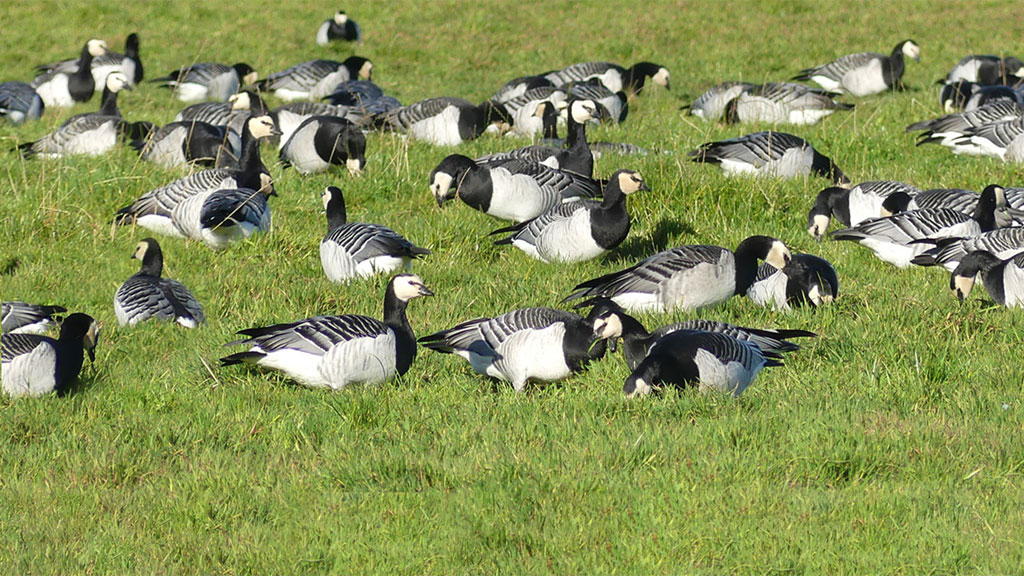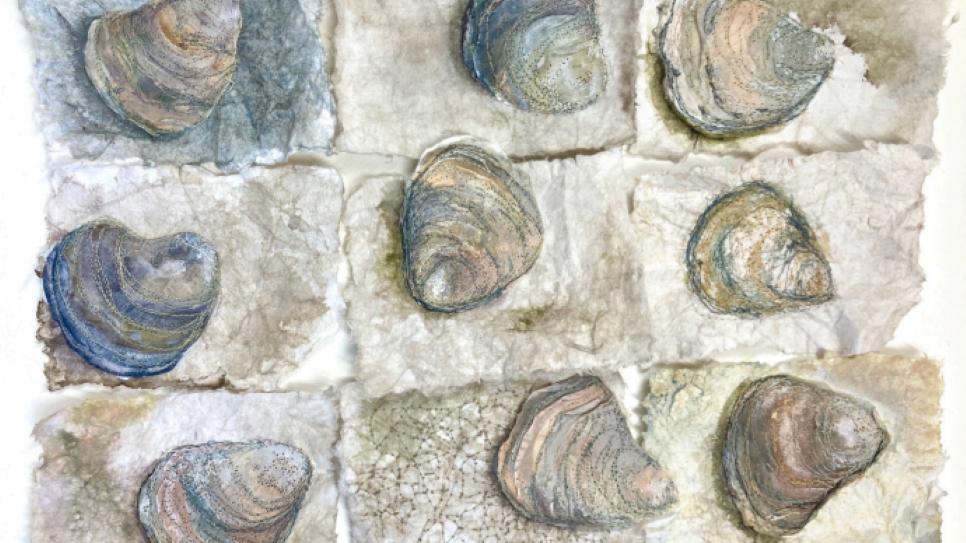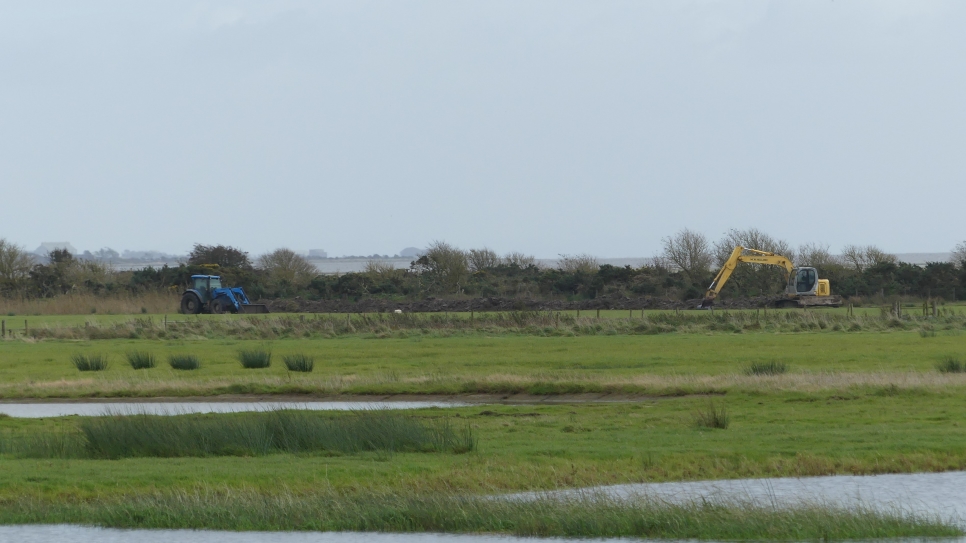Holy moly, it's holy grass!
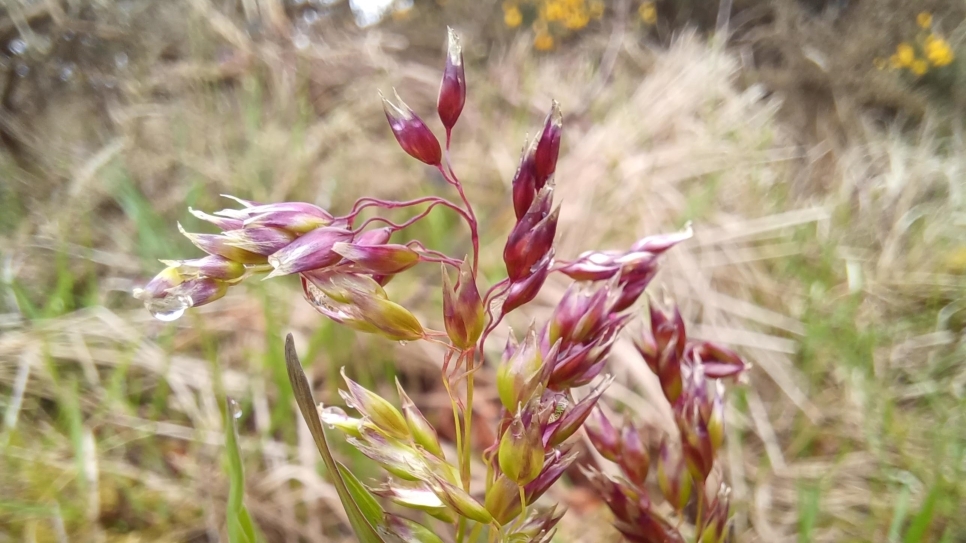
You may be asking “why are you so excited about a kind of grass?” but as the name says, holy grass is pretty special.
Found across Eurasia and the Americas, Hierochloe odorata, or holy grass as it is known in the UK, is a marshland species, particularly sensitive to pH and salinity meaning it is restricted to certain areas - in our case, we find it on the upper saltmarsh area. It flowers early compared to other grasses and is resilient to fire, quickly regenerating from its root system after a blaze sweeps through a region. It is rare in the UK now, found only in a few places in Scotland and northern England and only one in Northern Ireland.
In North America, this plant is known as sweet grass and is sacred to many groups of Indigenous people. There, different groups variously use it in basket weaving, as a medicine and ceremonially.
The smell is also where it gets its name in the UK. Dried holy grass was scattered on church floors because when trodden upon the sweet vanilla-like smell was released. Although not particularly holy, the French also made the most of this pleasant aroma by using it to flavour sweets, tobacco, soft drinks and perfume.
In Norse mythology, the goddess Freya is said to have ridden a chariot pulled by cats and adorned with holy grass.
At Caerlaverock, we recently found a patch of it out by the gorse near where we keep our sheep. After noticing it, we called in the local botany expert to confirm our suspicion and can now excitedly say we are the proud protectors of a rare and lovely grass.
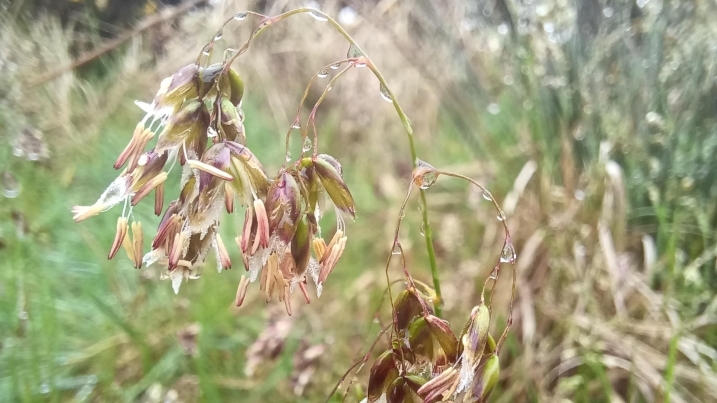
Words by Marianne Nicholson
Pictures by David Pickett

